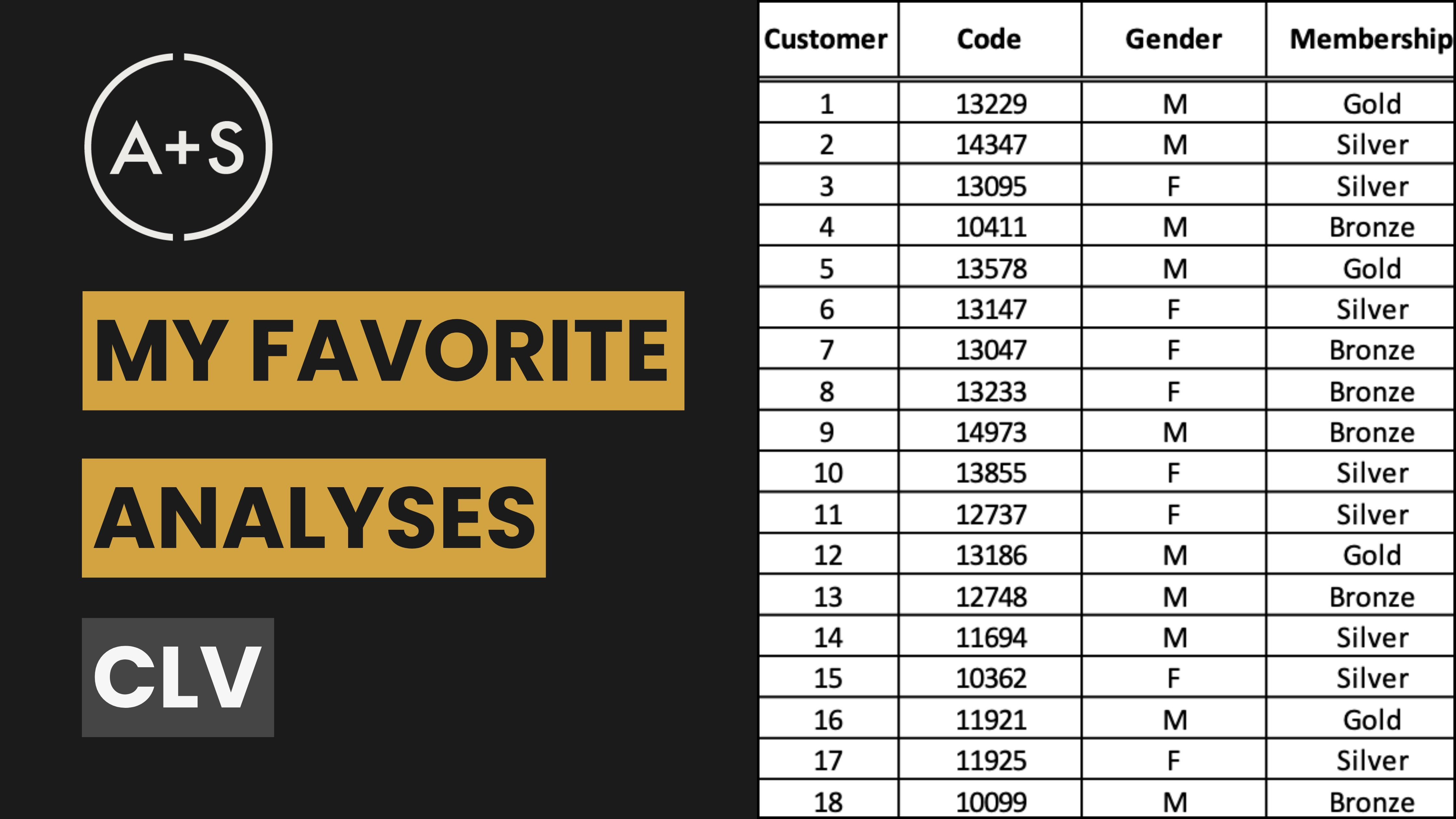If you don’t define your brand, the market will do it for you. And you might not like what they decide.
Last week, we explored what a brand really is — not just your logo or name, but the meaning and value people attach to your product, service, or institution.
This week, we’re taking it one step further. What do you want your brand to represent? More importantly, how do you build that identity starting from within your organization?
Let’s dive into what brand identity means and how to define it effectively.
Understanding Brand Identity and Why It Matters
Brand identity is the unique collection of associations that a brand strategist aims to create or sustain. Essentially, it’s how you, as the brand owner, shape your brand’s essence and determine the way your audience perceives it. Brand identity is the driving force behind the brand.
A strong brand identity forms the bedrock of all branding and marketing efforts. It provides direction and purpose, ensuring that every communication and customer interaction consistently reflects the brand’s desired image. Without a clear identity, it’s hard to stand out, earn trust, or build long-term brand equity.
Aaker’s Four Lenses of Brand Identity
David Aaker’s “Brand Identity Planning Model” offers a robust framework for understanding a brand’s identity by examining it from four perspectives (I’m going to use a university brand and its identity as an example):
- Brand-as-Product: This perspective zeroes in on the product’s scope, attributes, quality, uses, users, and even its country of origin. It focuses on the tangible offerings of the brand. For instance, a university might showcase its academic programs, research achievements, or campus facilities. As Aaker emphasizes, what’s critical here is for a brand to be seen as a leader in its category rather than just another option.
- Brand-as-Organization: Here, the focus shifts from the product to the organization behind it — its culture, values, degree of innovation, customer focus, reliability, and whether it’s local or global. This aspect communicates the broader capabilities and ethos of the company. In a higher education setting, this may include the institution’s history, the expertise of its faculty, or its commitment to student success.
- Brand-as-Person: This viewpoint imbues the brand with a personality by attributing human characteristics like authenticity, excitement, ruggedness, and sophistication. A distinct brand personality makes the brand more relatable and appealing. For a university, this could be reflected in its communication tone, the type of students it attracts, or the overall vibe it creates.
- Brand-as-Symbol: This perspective deals with the visual elements and symbols associated with the brand, such as its name, logo, color scheme, and heritage. These symbols are vital for recognition and carving out a unique image. For a school, this might include its crest, colors, mascot, and overall visual identity.
Considering these four perspectives helps you strategically define, differentiate, and design your brand identity while supporting informed decision-making. They add layers of meaning, extending the brand beyond mere product attributes to embrace organizational values, personality, and symbolism.
Together, they create a multidimensional identity that provides the company with the opportunity to lead, connect, and grow through the brand.
A Process for Defining a Motivating Identity
So how does a company build a strong brand identity?
Developing a motivating brand identity is a multi-step process that requires thoughtful consideration and internal alignment. Although there isn’t one universal recipe, several key elements emerge:
- Strategic Brand Analysis: Begin with an in-depth examination of your customers, competitors, and an honest self-assessment of your brand. Understand what drives your customers and what challenges they face, along with the competitive landscape and your organization’s values, strengths, and aspirations. Experts stress the importance of knowing the authentic benefits your brand offers and the problems it solves.
- Defining the Core Identity: Using your strategic insights, determine the core identity — the timeless essence of your brand. This typically involves two to four central dimensions that will guide your marketing efforts. Optionally, you may distill this into a single, inspiring brand essence that captures the soul of the brand.
- Developing the Extended Identity: Build out the full brand identity by incorporating additional elements that add depth. This is where you integrate facets of the product, organizational attributes, personality, and symbolic elements, creating a rich and distinctive profile.
- Articulating the Brand Vision: Align your brand identity with a broader, aspirational vision. A clear and compelling vision provides direction for future initiatives and ensures that every touchpoint resonates with the desired image.
- Communicating and Embedding the Identity: Once established, your brand identity must be communicated both internally and externally. Internally, clear communication ensures that employees understand and live by the brand values. Externally, consistent messaging across all channels reinforces your intended identity.
When done well, this process clarifies who you are, what you stand for, and why you matter. It gives your employees a shared language and your audience a clear reason to care. And perhaps most importantly, it lays the groundwork for every strategic decision that follows. Because once you know who you are, everything else gets easier.
Common Brand Identity Traps
Even with good intentions, brands often fall into one of a few identity traps:
- Product-attribute fixation: Defining your brand by what it does, not what it means
- Internal echo chambers: Crafting identity in a vacuum without understanding customer perceptions
- Inconsistent execution: Saying one thing, doing another
- Lack of differentiation: Using the same buzzwords and bland tone as everyone else
Avoiding these traps starts with clarity and the discipline to say ‘no’ to things that fall outside the identity you’ve committed to.
Measuring Brand Identity
Defining a strong brand identity is only the first step. To ensure its effectiveness, it’s crucial to measure how well that identity is being communicated, received, and understood by the target audience. This measurement provides valuable feedback for refining the brand identity and ensuring it remains relevant and impactful.
Common methods for measuring brand identity include:
- Brand Tracking Studies: Regular surveys to assess brand awareness, associations, and perceptions.
- Social Media Monitoring: Analyzing social media conversations to understand how the brand is being discussed and perceived.
- Customer Feedback: Gathering and analyzing customer reviews, comments, and complaints.
- Website Analytics: Tracking website traffic and engagement to understand how users interact with the brand online.
- Employee Surveys: Assessing internal understanding and alignment with the brand identity.
These methods offer a 360-degree view of how your brand is showing up in the real world. The goal isn’t perfection; it’s alignment. By measuring consistently and acting on what you learn, you ensure your brand identity lives in the minds of your customers, your employees, and the market you serve.
Your Identity in the Wild
Your brand is more than just a slogan or a color palette — it’s a signal of what you value, the promises you make, and what people can expect from you.
This isn’t just a branding exercise. It’s a leadership decision.
Ask yourself:
- What are we known for?
- What do we want to be known for?
- And are we bridging that gap or letting it widen?
Every time your brand appears, it sends a message. Make sure that message is one worth hearing.




